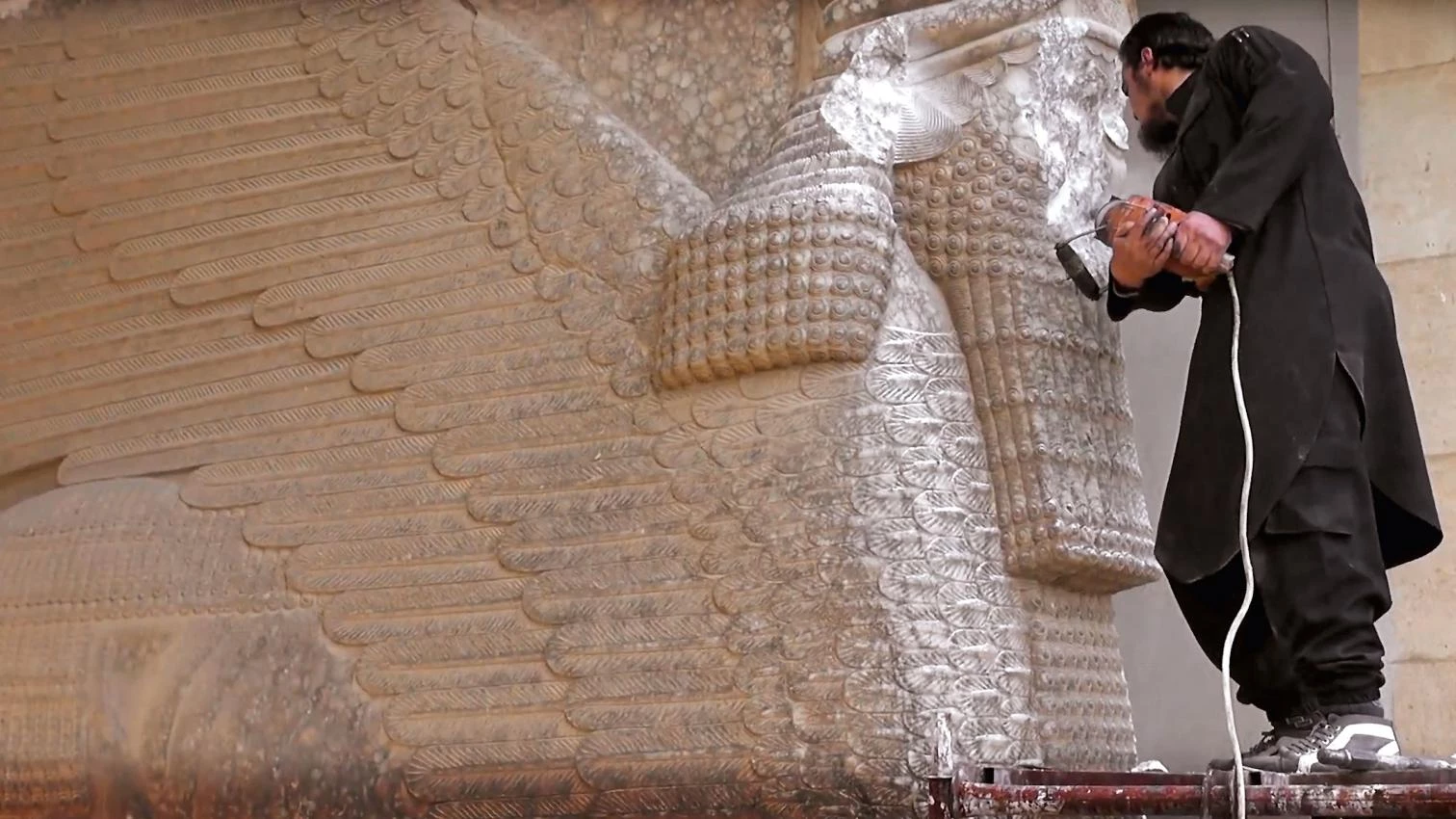
The raging cruelty waged by the Islamic State’s henchmen on its prisoners and population of the regions it occupies has been eclipsing the brutality of their attacks on the architectural and artistic footprints of the past, but these latter actions are no less important. The idea behind the destruction of heritage is not just the usual iconoclasm (which rejects all manner of representation that in any way lends itself to idolatry), but also the knowledge that acts of this kind, carried out like terrorist attacks, are bound to provoke in the West a commotion comparable to that caused by murders. The brunt of the aggressions has been in Iraq, which has not ceased to see its heritage dwindling since the invasion by United States troops back in 2003. The looting of the National Museum of Iraq in Baghdad and the ruining of important archaeological sites have been followed by the vandalism executed by ISIS, first sacking and then later altogether destroying the Assyrian artifacts and Christian buildings of the occupied province in the north. The wreckage list goes from the smashing of sculptures at the Mosul Museum, also located in the capital, to the demolition of the Mar Gorgir church, not to mention the dynamite planted in the ancient citadels of Iosabad and Nimrud.
No less alarming is the situation of heritage in Syria, a country devastated by an endless and chaotic civil war, where the culprits are threatening to raze places as extraordinary as the Roman city of Palmyra, the Byzantine enclave of Bosra, the Crusader castle of Crac des Chevaliers, and the souk of Aleppo.





